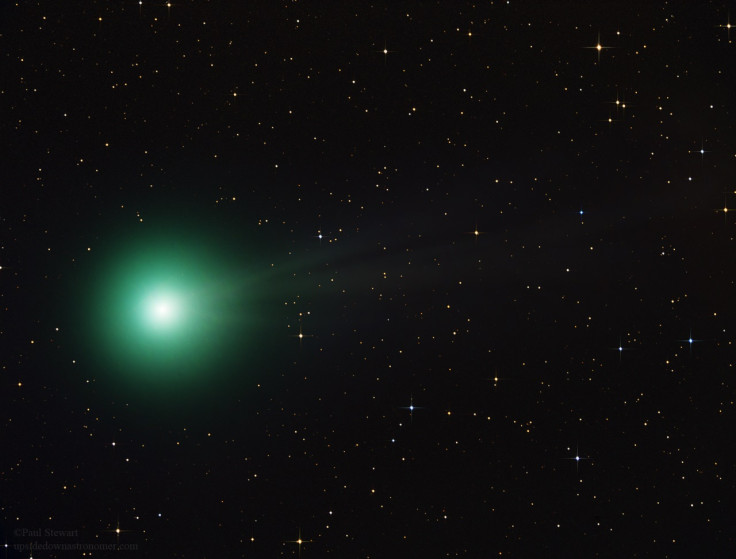Comet Lovejoy: Where to watch C/2014 Q2 'sunbathe' for the last time in 8,000 years

Comet Lovejoy, formally known as C/2014 Q2, has said its final goodbye to Earth for the last time in 8,000 years, as it flies towards the sun.
The comet is expected to make its closest approach to the sun on 30 January at a distance of 1.29 AU (one astronomical unit – AU – is the distance from the Earth to the sun).
Skywatchers have been able to view the comet as it passed by our planet this month, but the Slooh Community Observatory will be hosting live views of Lovejoy as it makes its closest approach to the sun.
You can watch the comet sunbathe here, before it continues on its way through the solar system and beyond. The comet will not return in our lifetime, reappearing around 10015. It made its closest approach to Earth on 7 January, when it soared within 43 million miles of our planet, but is moving away at great speeds.
The comet, which was discovered in August by Australian amateur astronomer Terry Lovejoy, has been billed as one of the brightest comets in years and is travelling around 15 miles per second. It was found using a Schmidt-Cassegrain telescope, at apparent magnitude 15 in the southern constellation of Puppis.
Based on orbital calculations, the comet has not been in the solar system for the last 13,000 years – but while rare, was still observable to anyone with binoculars or a telescope. It is a long-period comet and according to astronomers, its orbital period will shorten to around 8,000 years after leaving the planetary region in around 2050.
To the naked eye of stargazers, Lovejoy appeared grey, but to those using long-exposure cameras, it appeared as a green flash of colour. This is due to the diatomic carbon fluorescing in ultraviolet sunlight in the near-vacuum of space. The tail of the comet is tinted blue, from fluorescing carbon monoxide ions.
Astronomer Dr Tanya Hill, of the University of Melbourne, explained Lovejoy's eerie green glow in the Conversation: "The colour is likely due to the presence of two gases – cyanogen (CN)2 and diatomic carbon (C2) – which glow green when their molecules are ionised or excited.
"Ionisation causes electrons within the molecules to gain energy and when the electrons drop back down to their normal state, they give off light of a certain wavelength. For these molecules, they emit green light and since they are very strong emitters, their green colour dominates the comet."
© Copyright IBTimes 2025. All rights reserved.






















